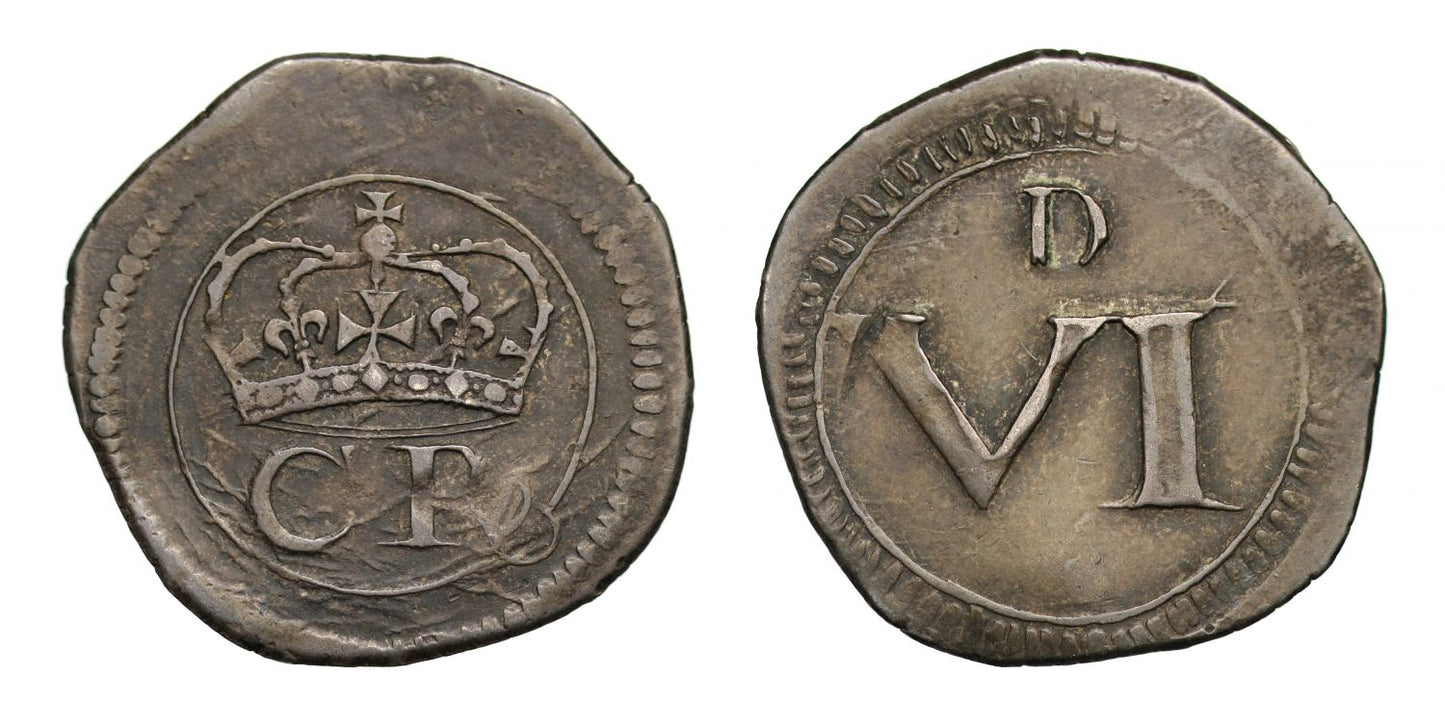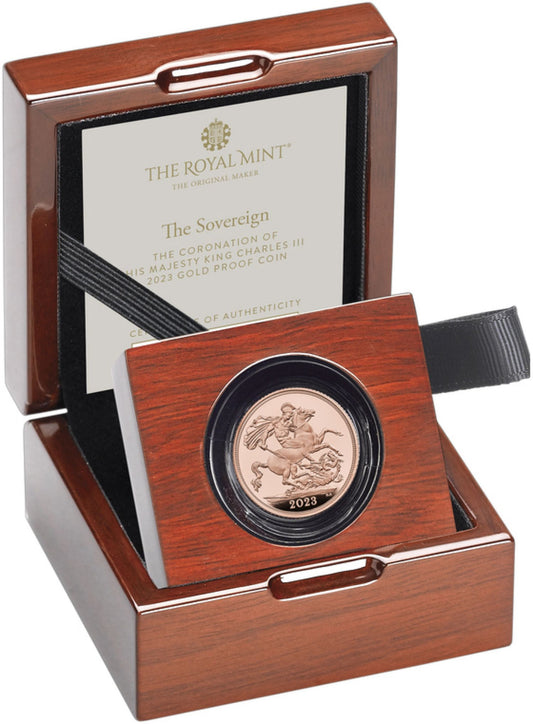FAQs
What makes a coin valuable?
I have coins to sell, what’s the next step?
How will my purchases be shipped?
What happens if I’m not entirely happy with my purchase?
Ireland, Charles I Ormonde Sixpence
Ireland, Charles I (1625-49), silver Sixpence, Ormonde Coinage (1643-44), crown over C R, linear and beaded border surrounding both sides, rev. D / VI denomination, weight 2.94g (DF 302; S.6547). Toned good very fine for issue and rare.
Provenance:
Dr Dr Erik Miller Collection, Spink Coin Auction 261, 27th March 2019, lot 133.
Lieutenant General James FitzThomas Butler (1610-88) was the twelfth Earl of Ormond as well as a number of other titles. At the recommendation of Thomas Wentworth the first Earl of Stratford who was Lord Deputy of Ireland, Ormond was made head of the Government in Ireland in 1633. Wentworth planned to confiscate all the property owned by Catholics which led to the Catholic Rebellion from 1640, but he had been recalled to England by then and Ormond found himself in charge of the Government forces in Dublin. The Catholic confederates set up their capital at Kilkenny in early 1642, whilst Ormond continued to make expeditions beyond the Pale of Dublin into the surrounding countryside securing the area for Dublin. He lifted the siege of Drogheda in March 1642, but some of his number suspected Ormond of spying for the opposition, as much of his own Butler family were Catholic and subsequently, he was removed from command. However, Ormond continued to prove himself worthy, with the relief of the Royalist garrisons at Naas, Athy and Maryborough. Ormond won the Battle of Kilrush in Spring 1642, placing him back in command. The Ormond coinage was no doubt issued during these uncertain times in the Dublin Pale area, certainly around the time the English Civil War started in September of 1642. Ormond continued to have success for Dublin in early 1643 winning the Battle of New Ross, but no more reinforcements would be possible, and two thirds of Ireland remained under the Catholic rebels. What's more the Scottish Covenanters entered the north via Carrickfergus and placed Parliamentarian supporters in the Derry area, and in the south Cork showed an allegiance to the Parliamentarians. The lack of reinforcement led to Ormond negotiating a cessation of fighting in return for giving up land to the Catholic Rebellion in September of 1643. Later in November Ormond was obliged to send half his troops to the Royalist cause in England and he was now made Lord Lieutenant of Ireland, with his new mission being to keep the Parliamentarian supporters occupied enough to not send any of their number to the English mainland to support Cromwell. Time passed and by August 1647 Dublin was a lost cause to the Parliamentarians, when Michael Jones arrived with 5,000 troops outnumbering Ormond's 3,000 men. Dublin fell to the Parliamentarians and Ormond sailed to England to attend to Charles I and so the coinage of necessity would gradually have fizzled out of use too.
FAQs
What makes a coin valuable?
I have coins to sell, what’s the next step?
How will my purchases be shipped?
What happens if I’m not entirely happy with my purchase?













